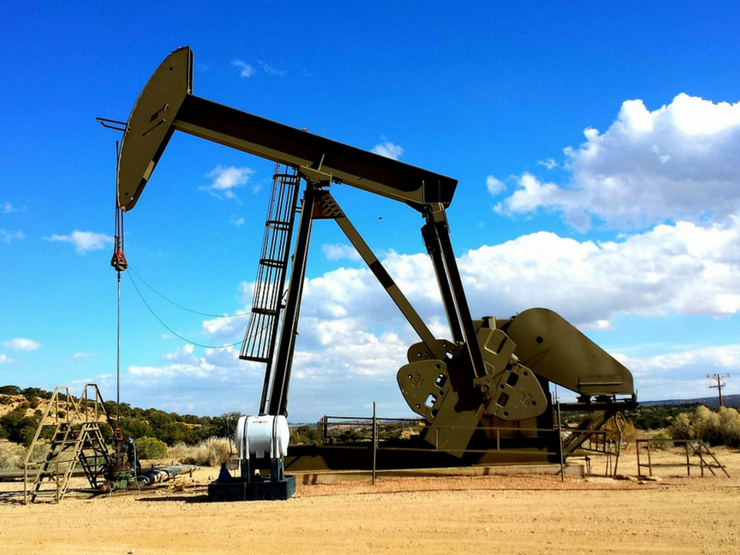Total spending grew 0.9% in June.


NAB’s USD non-rural commodity price index declined by over 3% q/q in Q2 2018. This only partially reversed the large gain made in the previous quarter and, as a result, it is still 7.5% higher than a year ago. The fall in Q2 mainly reflected a decline in iron ore and metallurgical coal prices, although LNG export prices – linked to the price of oil – rose.

For more information please refer to the attached report:
© National Australia Bank Limited. ABN 12 004 044 937 AFSL and Australian Credit Licence 230686.